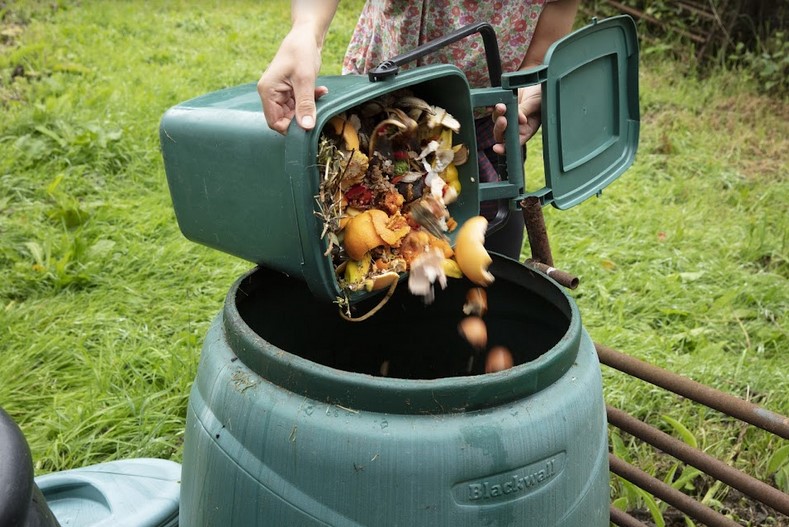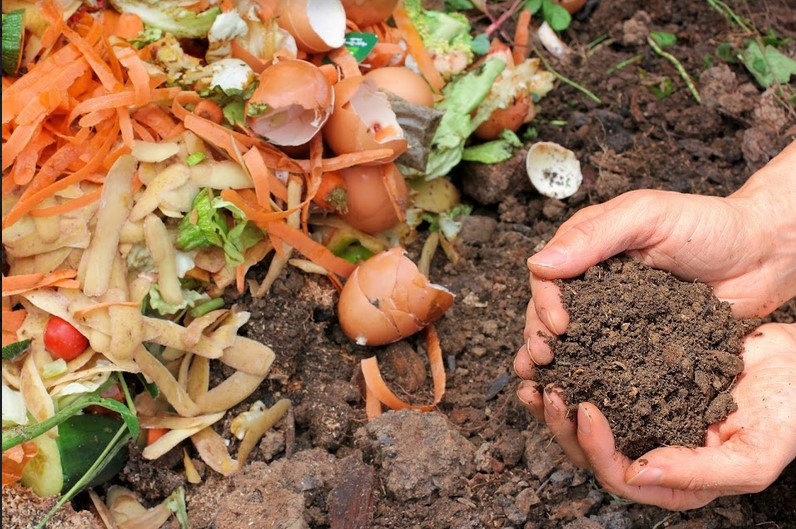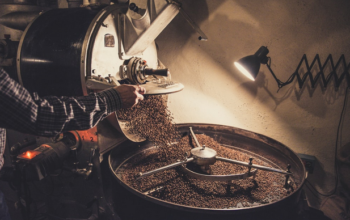Food waste recycling isn’t only the smart way to reduce your waste; it’s also great for the planet. Food waste is another culprit that clogs landfills and causes harmful toxins to seep into our groundwater. That’s why it’s essential to learn how to recycle food wastes.
Food waste recycling is the act of collecting food scraps and processing them into new products like fertilizer, fuel, and other biodegradable materials. Many restaurants and food businesses have a food waste recycling program as part of their standard operating procedure. These procedures can also be applied in the household. You can use food recycling products like compost bins or composter systems. It would be best if you also learned how to do it right so you can have an effective product. Here are some of the things you should do when recycling food wastes by composting:
-
Classify Your Food Wastes
Not all food scraps can be included in your compost. It’s recommended not to have meat, bones, or fish to attract pests like vermin. Some fruit peels may also contain pesticide residues especially if you’re unsure whether they came from an organic source. You should check the items you’ll include in your compost before you add them.
You can learn more about the effect of using a compost bin for your food waste from this video:
-
Get The Right Tools
Before you can start composting your food waste, you should have the right tools. The use of composting tools will help you decompose your organic waste in a faster and more effective way. A compost aerator, worm casting, or rototiller are all excellent choices for decomposition processes that require equipment.
Below is a list of the tools you will need for your composting operation:
- Compost Bin – a container that holds organic matter that will decompose into nutrient-rich compost.
- Spade – it’s a helpful composting because it’s one of the best for breaking down large pieces of organic matter such as fallen leaves or fruit and vegetable peelings.
- Rake – it’s designed to dig through the soil quickly. It’s different from a spade because it has a wider opening and a handle on one end, making it easier to move around the compost pile.
- Aerator Tool – it’s a tool that helps your compost pile turn into soil quicker. It evenly distributes the moisture, bacteria, and air in your pile.
Aside from these tools, you’ll also need to have a place to put your new organic pile after each sorting or composting process. Ensure you have these items and locations so you can properly create a compost pile.

-
Follow The Standard Procedure
To properly create a compost pile, you should follow the standard procedure in making one. Here are the steps you should follow:
- Place your compost pile in a location where it’s dry and shady. Also, make sure that it’s close to a water source.
- Dig at least eight inches down so that animals or pests won’t be attracted to its smell.
- Chop your scraps into small pieces, so you can have more open surfaces for the bacteria to attack and make the composting process faster.
- Create alternate layers of moist and dry materials in your pile. Food scraps are considered wet ingredients and you can also add dry ingredients like sawdust and wood ashes.
- The compost bin requires maintaining a temperature of about 160 degrees Fahrenheit, and it should contain moderate moisture for the bacteria to grow.
- Cover the compost pile or bin to retain the moisture and heat. Covering is also important as it prevents the compost from being over-watered, making it too moist or soaked.
You can also add healthy worms to help decompose your waste faster and more thoroughly. To encourage the health of your worms, you should provide them with a dark, damp place to burrow.
It’s essential to turn your compost pile every few weeks with your rake or shovel. Turning your pile will increase the oxygen that’s required for the bacteria to grow. You can do this manually or by an aeration system that will turn your compost pile every few days.
-
Use Or Sell Your Compost
Composting is a good way of adding nutrients back into the soil. After creating a successful compost pile, you should use it to make a backyard garden where you grow food like vegetables or fruits. If this isn’t possible in your home, you can sell your compost to local farmers who need it for their crops.
Final Thoughts
One of the ways to create a more sustainable home is to recycle your food scraps by composting. Composting may seem like an overwhelming task but once you understand how the process works, it’ll be easy to have an access to it. Creating a proper balance of natural microorganisms is the key to a healthy composting process. You should know which tools to use and the proper method to create a compost pile. With that pile, you can grow your food or sell it to local farmers to help promote organic food sources in your area.
Related Posts












